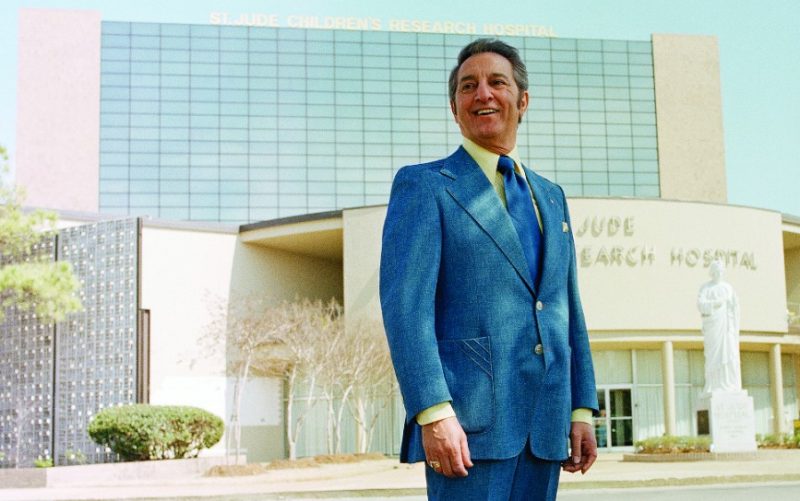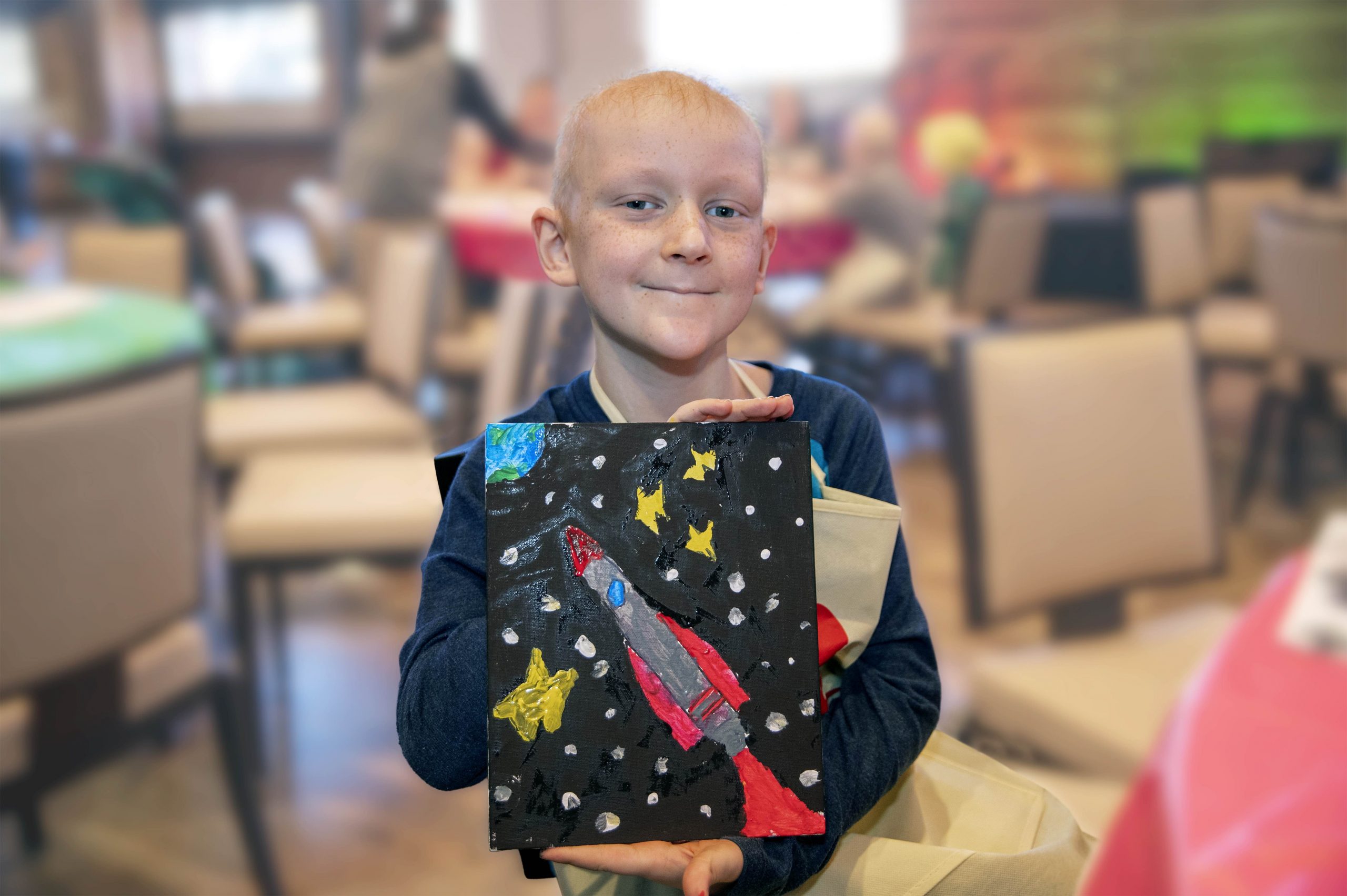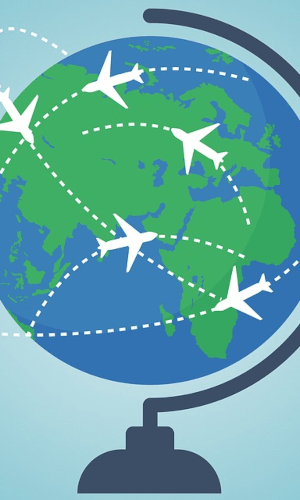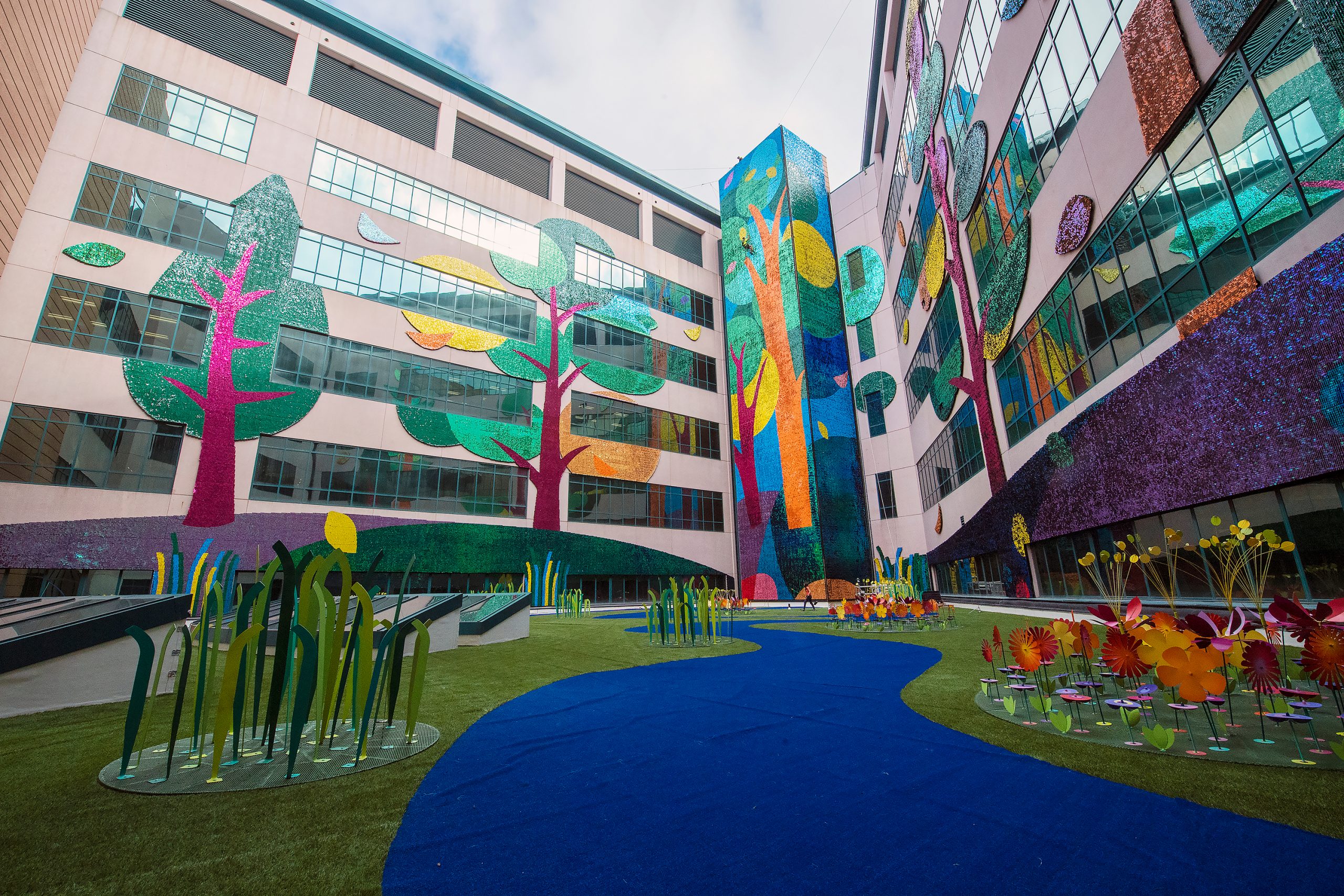
What is St. Jude Children’s Research Hospital? What do they do? Why are we fundraising for them? Come learn what they stand for…
The mission of St. Jude Children’s Research Hospital is to advance cures, and means of prevention, for pediatric catastrophic diseases through research and treatment. Consistent with the vision of our founder Danny Thomas, no child is denied treatment based on race, religion or a family’s ability to pay.


The mission of St. Jude Children’s Research Hospital is to advance cures, and means of prevention, for pediatric catastrophic diseases through research and treatment. Consistent with the vision of their founder Danny Thomas, no child is denied treatment based on race, religion or a family’s ability to pay.








St. Jude Children’s Research Hospital has a storied history of success in fighting childhood cancers and diseases since their inception in 1962. Interested in what they’ve done? Follow this timeline of their history.
St. Jude Children’s Research Hospital opened in front of a crowd of 9,000 in Memphis, Tennessee
A group of St. Jude patients are the first acute lymphoblastic leukemia (ALL) patients to ever be successfully taken off therapy, based on evidence that remission can be sustained.
The hospital launches the first major effort to understand the lifelong progression of sickle cell disease.
We open the After Completion of Therapy Clinic, the world’s largest long-term follow-up clinic for pediatric cancer patients.
Peter Doherty, PhD, St. Jude Immunology chair, is awarded the Nobel Prize for Physiology or Medicine.
St. Jude reports a 94% survival rate for patients with acute lymphoblastic leukemia (ALL), using therapy that does not include radiation.
The St. Jude LIFE study begins to study the long-term effects of cancer and its treatment. This initiative is one of the most ambitious follow-up projects ever conceived.
St. Jude is designated a National Cancer Institute Comprehensive Cancer Center. We’re the first and only cancer center solely focused on pediatric cancer to receive this distinction.
We launch the Pediatric Cancer Genome Project, a collaboration with Washington University to uncover why childhood cancer arises, spreads and resists treatment. As part of the world’s largest such initiative, scientists compare the complete normal and cancer genomes of 800 childhood cancer patients with some of the toughest and least understood pediatric cancers.
St. Jude and World Health Organization announce a five-year collaboration to transform cancer care by curing at least 60% of children with six of the most common kinds of cancer worldwide by 2030.
St. Jude announces a cure for SCID-X1, commonly known as bubble boy disease. By combining gene therapy and low-dose chemotherapy with busulfan, immune function is restored in infants with the disorder.
St. Jude doctors and scientists work to help kids with sickle cell live longer, healthier lives in the U.S. and abroad.
St. Jude is leading the way the world understands, treats and defeat childhood cancer and other life-threatening diseases. Click the link below to visit their website and learn more about their mission.
Check out the team page and pick a member to donate to.